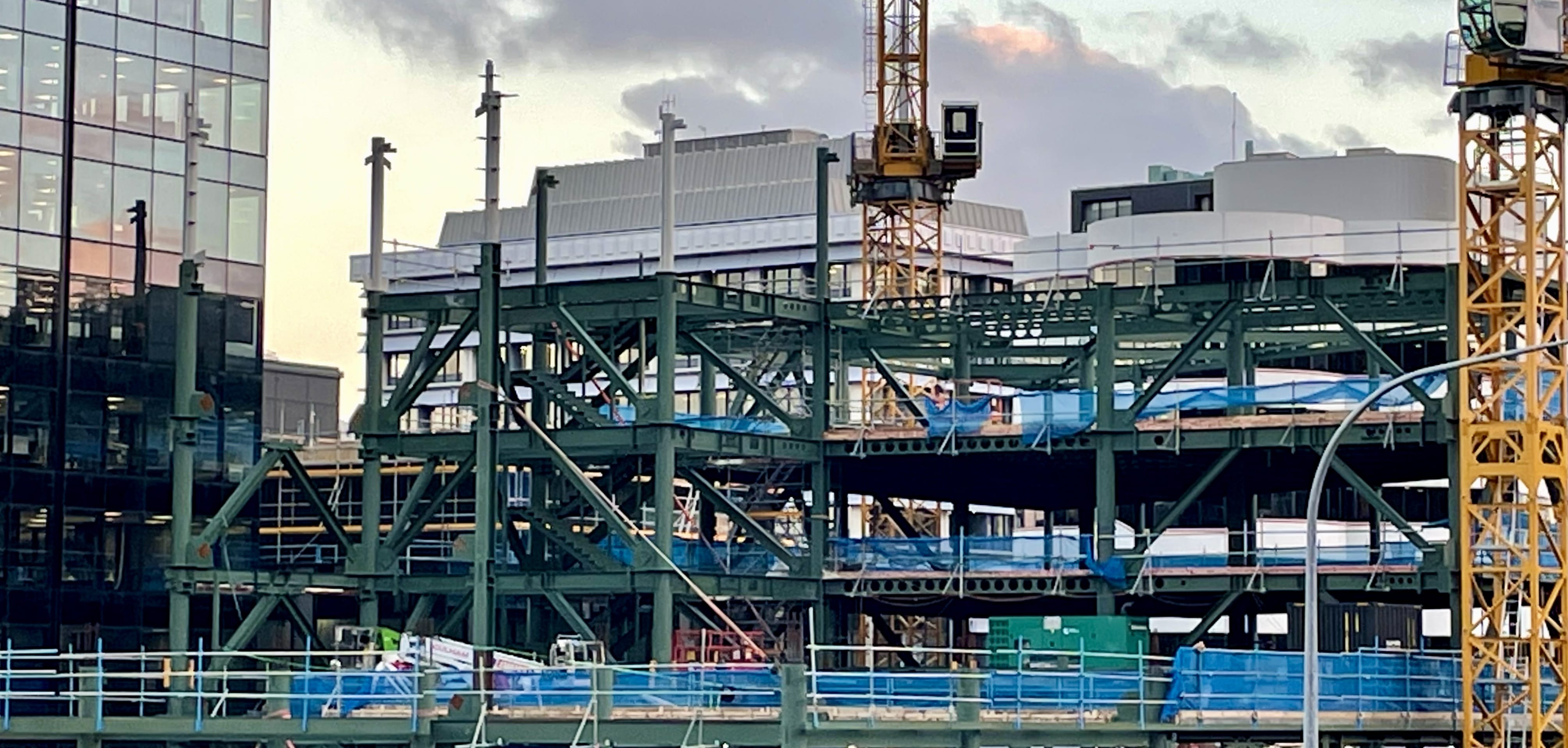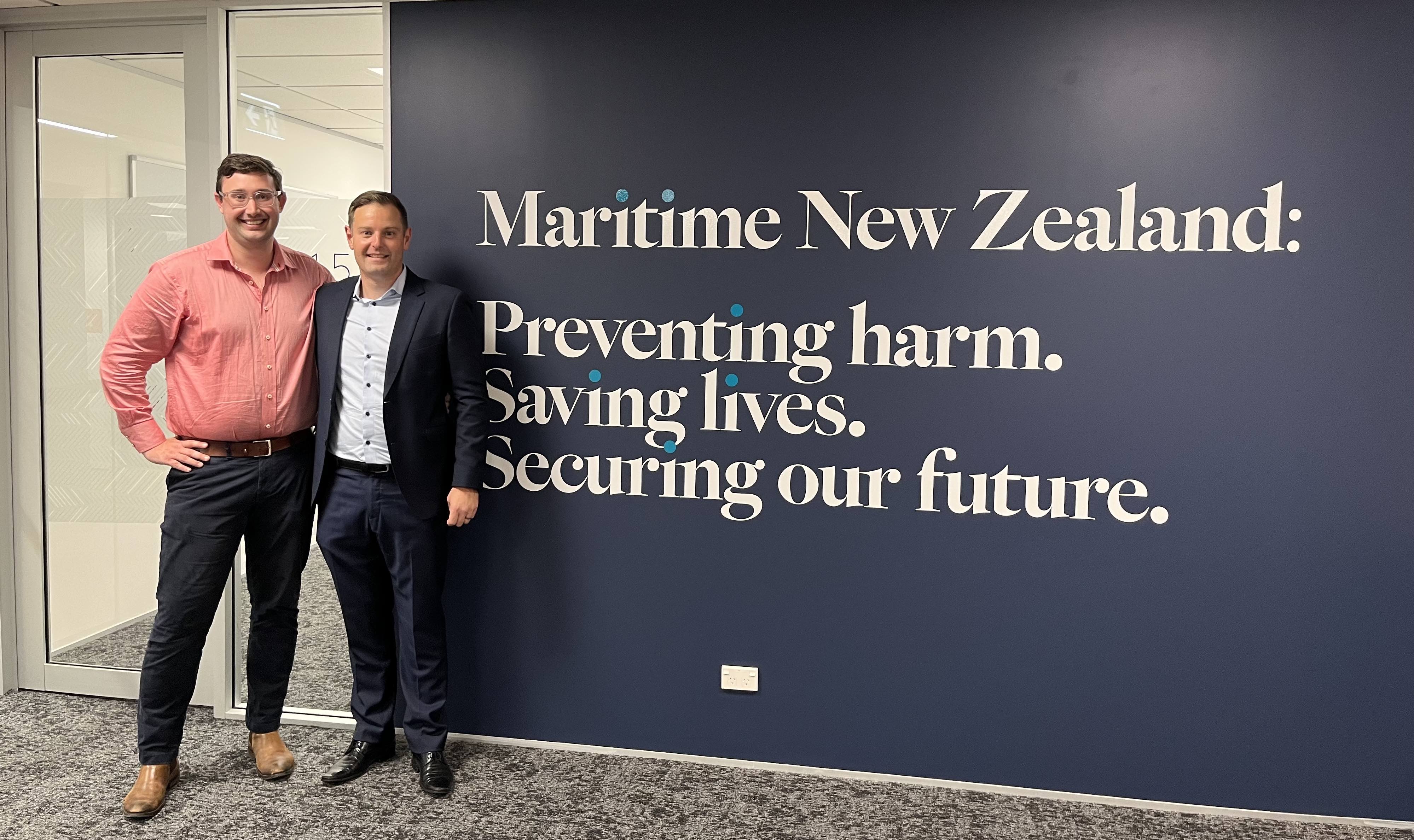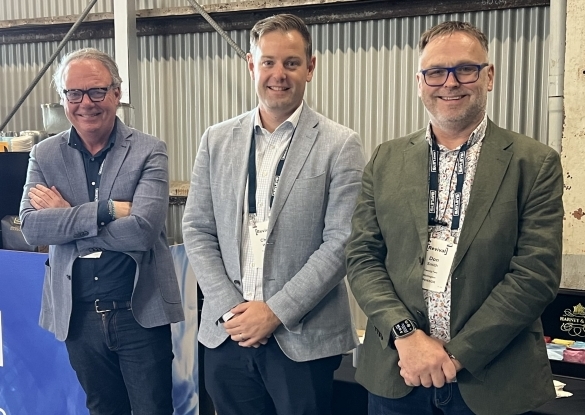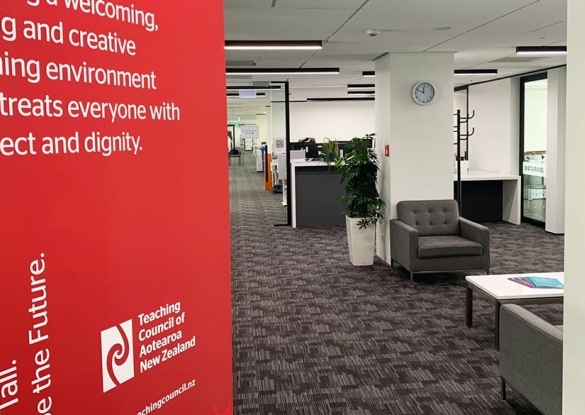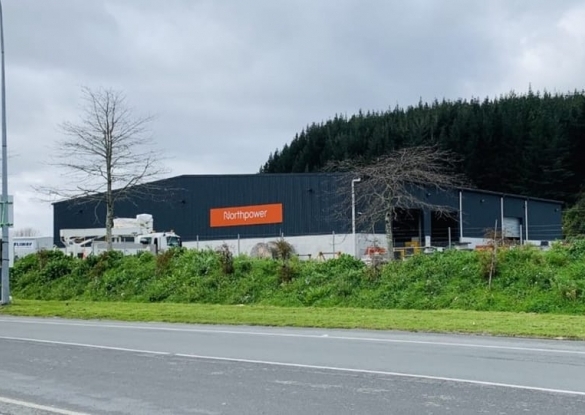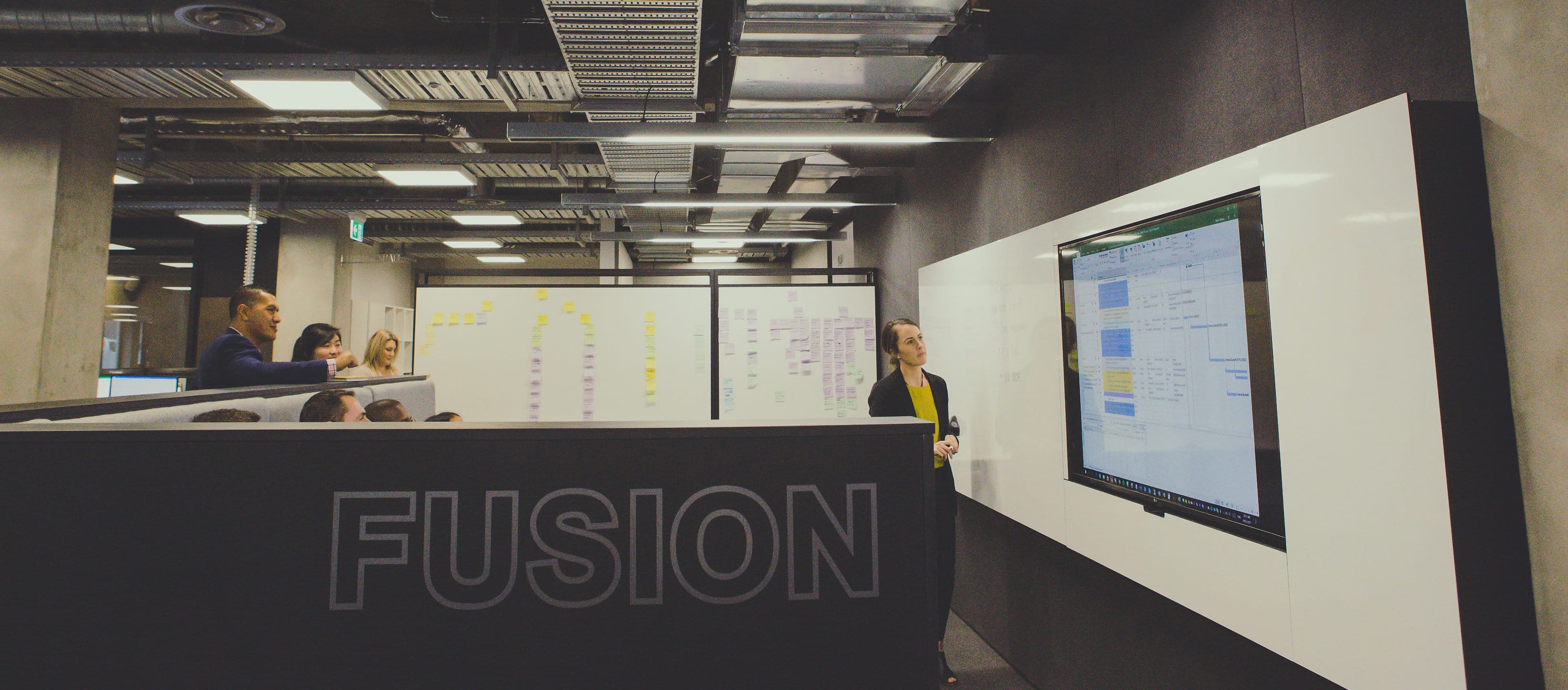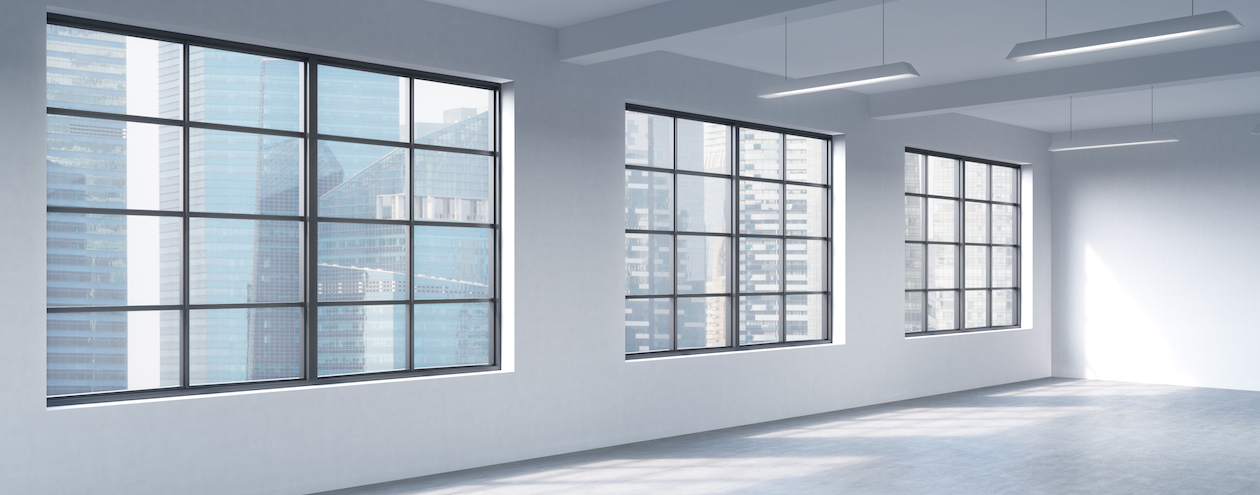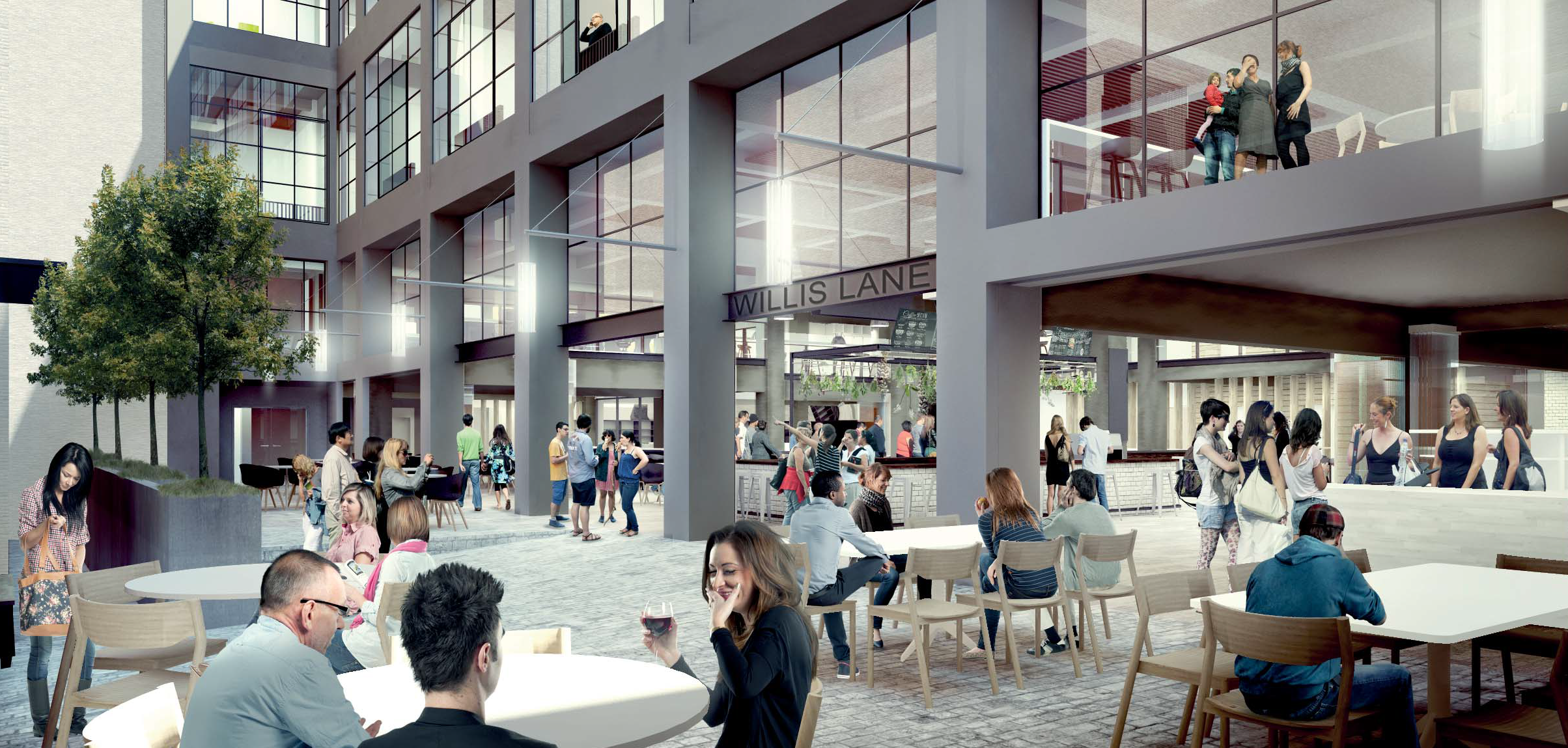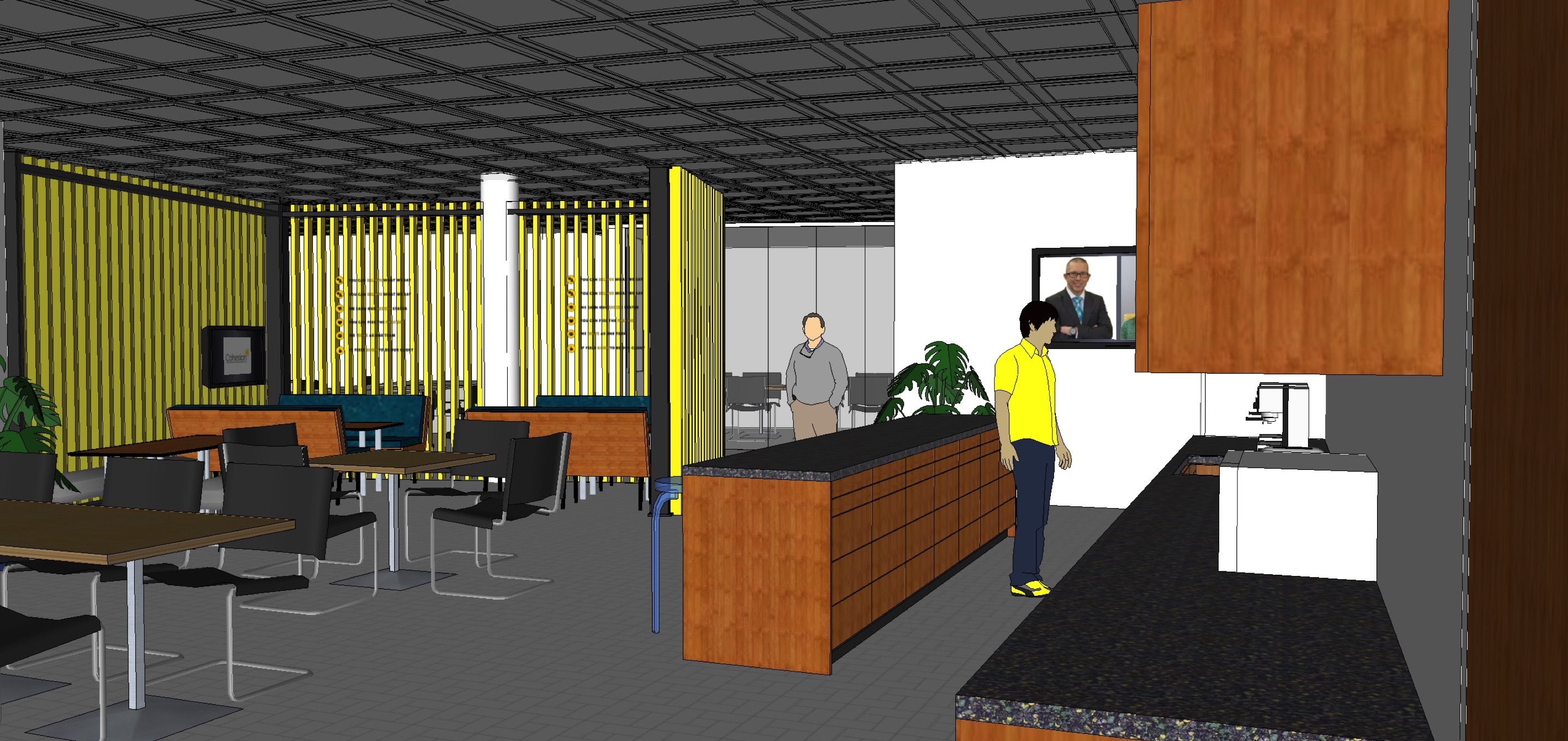Your premises search and lease negotiations are complete, you have a general understanding of the next steps and a ‘bums on seats’ target date to meet. But how do you mobilise and deliver the project to get the best outcome?
The answer depends on several factors. Are the premises ‘ready’ for fitout or are you reliant on landlord works to be completed? (This depends somewhat on whether the project is a new development, refurbishment of an existing space or ‘as new’ existing premises). What does your business case and approvals contemplate? What budget are you working to? What are the key milestone dates set out in the Agreement to Lease? What procurement hurdles will you need to jump?
These are all the questions projects typically face at this point in the process. And often it is a bit of a minefield deciding who to appoint, who to trust and how to get started.
We’re often retained by clients to help ‘stand up’s this delivery workstream including helping design a delivery solution that will fit within the timeframes and budget and helping appoint the key delivery consultants (architect, engineers, project manager, quantity surveyor) needed to make it happen. In a busy and constrained construction sector, getting this process underway quickly and having experience across multiple projects is important.
In practice, while there are various hybrid options that can provide further efficiencies and flexibility to accommodate the respective landlord and tenant works, there are two primary options typically used:
- Independent delivery
- Integrated delivery
What is a “traditional” independent delivery process?
This process generally involves the landlord and tenant works being designed and constructed independent of each other.
The landlord will undertake their base building works (carpets, ceiling, lights, HVAC, fire etc., in addition to any other more major building works like seismic strengthening) and then hand over the premises/site to the tenant to allow it to complete its fitout works. This is often called a ‘Sectional Completion Date’ or similar in the Agreement to Lease. It is a key milestone for the tenant works to start.
In this case, the landlord would typically proceed with their design, consenting and contractor procurement independently to the tenant and manage their own programme and budget to meet their obligations under the Agreement to Lease.
Likewise the tenant – depending on the extent of work involved – will procure their own team to design and manage their own fitout works. Often, this may involve using a different architect and different building contractor, with the tenant running their own procurement process for these appointments.
At times, adopting a traditional process like this is unavoidable as the landlord’s works programme and physical works may be well-advanced, depending on the nature of the project, including having pre-purchased equipment, or be too committed in its works to stop, or adjust the programme to allow time for any integrated process with the tenants works. Alternatively, in a more simple project, the landlord works may be complete and the premises ready for fitout.
As a tenant, you should be aware of the following when deciding whether to adopt a traditional process:
- There is potential for a significant amount of duplicate work. Generally, this additional work occurs in the ceiling works (HVAC, lighting, fire, seismic bracing of plant) as the base building is altered to meet the final tenant fitout design. As a result, there is likely to be additional time and cost to make these changes and added risk of damage to the landlords’ fixtures and fittings
- Each party controls their construction site at an agreed milestone. This means there is minimal interchange between landlord and tenant-appointed contractors and the management of site, including access and health and safety compliance firmly sit with either the landlord or tenant
- Building services (HVAC, fire etc.) warranties and performance risk generally fall on the tenant. This is due to the tenant undertaking adjustments to the landlord’s base build system to accommodate its fitout. This can pose problems at a later point if the systems do not perform, particularly if adequate performance criteria has not been negotiated into the lease
- The programme risk (ie. not meeting milestones, including not meeting the target date for occupation) transfers to the tenant as the landlord will hand over/permit access to the premises, and the tenant will have a fixed period to complete its fitout. The tenant needs to ensure there is sufficient time to complete fitout before the lease and the rental commence and negotiate an appropriate fitout period and contingencies into the Agreement to Lease to avoid a double rent situation.
This process generally works best when the landlord’s works are complete or of minimal scope.
For larger and more complex projects, one way to minimise the potential for additional cost and any duplication of works, is for the tenant to request the landlord to deliver a ‘cold shell’ and store key base build fittings for installation when the tenant’s fitout programme allows (HVAC ducting, lights, ceiling grid, and tiles). Timing of the works is the key to making this option viable. Typically, this option requires more planning and a clear understanding of who is responsible for the installation costs and for the performance of these services, given the tenant is installing them rather than the landlord.
Under this delivery model, in some cases the landlord’s contractor (sometimes referred to as the ‘base building contractor’) may be appointed by the tenant as the contract, but on a separate contract directly by the tenant.
When this occurs, it is important to ensure the contractor is clear on its duty of care to each party under each contract. Sometimes, the larger contract value can influence performance, but generally having the same contractor is beneficial and informal opportunities for integration (as explained below) can be achieved through the goodwill of the contractor, if not contractually.
What is an ‘integrated’ delivery process?
Under an integrated process, the landlord and tenant work together to coordinate the installation of the landlord’s building services (HVAC, fire systems, electrical layouts, ceiling layouts, floor coverings, structural penetrations etc.) to align to the tenant’s fitout. This avoids the tenant having to move the building services after installation and therefore avoid abortive materials, time and costs.
The changes requested by the tenant are executed by the landlord’s consultants (design changes) and the landlord’s base building contractor. We call these works ‘MCHF – Main Contract Hard Fitout’.
When considering an integrated process, the tenant should be aware:
- To be successful, integration requires the base building services to have not yet been installed and for the tenant to have enough time to design the fitout layout so the building services can be modified in time
- Any agreement needs to be clear on where costs for design and changes will fall and a process for determining those costs
- There needs to be sufficient time in the works programme for the tenant to design its fitout early enough to have the landlord’s design changed before procurement and installation. Typically, a deadline for this design is agreed as a key milestone in the Agreement and is known as the ‘Frozen Layout Date’
- The parties needed to be clear on the appointment of the main contractor and ensure contract terms and rates remain consistent for both parties. This ensures the tenant is no worse off from selecting a main contractor. In most cases, the main cost of works in a building and fitout project are in the sub-trade components which are usually tendered to ensure value for money and probity
- Using a single main contractor minimises issues health and safety/access restrictions
- The integration minimises the risk of damage to landlord build building fixtures and fittings and works are completed in an efficient manner
- Landlord consultants are generally engaged by the tenant to complete the MCHF Design (tenant changes to in-ceiling services). The landlord’s consultants understand the building and base build design in much more detail
- More often than not, the landlord’s contractor is retained to build the tenant’s fitout. This creates a more seamless transition from MCHF to the tenant’s fitout works. That said, if the tenant has another preferred fitout contractor, they can easily step in once the MCHF is completed to complete the tenant’s fitout. As noted, there is well-developed procurement processes in place to ensure the tenant can achieve best value for money and contestability to meet any procurement rules in place
It may sound complex, but the integration process is a very common form of delivery and has evolved from all parties seeking more cost-efficient and sustainable methods of construction.
TwentyTwo is actively involved in projects helping tenants to navigate what delivery process best fits the tenant’s position and to document a process that assists the tenant, but also the landlord. If you have concerns over how to best deliver your project, we would be happy to assist.
